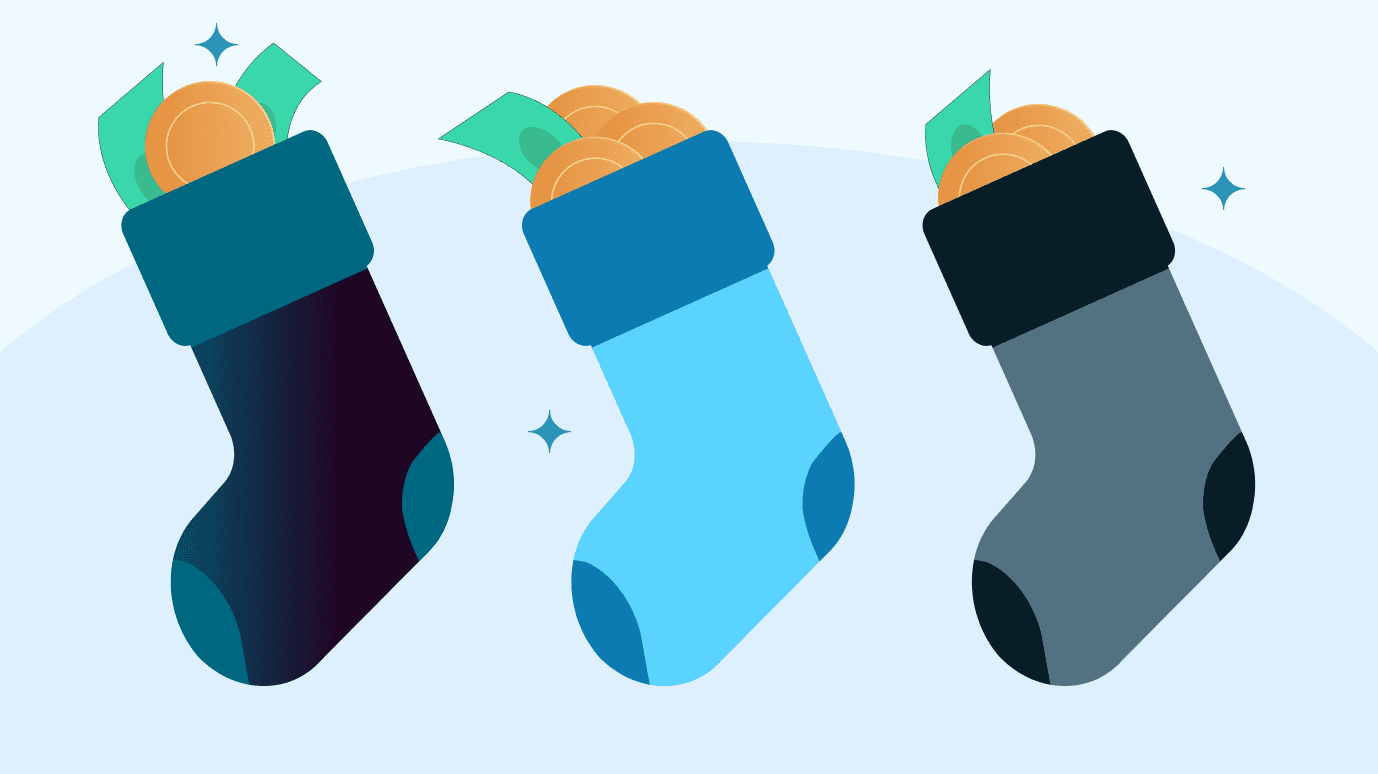Mar 31, 2017
What to Expect When You’re Investing: Getting Realistic About Returns

There’s such a thing as too much optimism when it comes to investing.
In a recent financial literacy survey, Stash found that over 25% of people expect a return of 16% or higher on a moderate risk fund after one year*.
While we applaud these investors’ enthusiasm, we thought this was a great opportunity to talk about what to expect when you’re making a moderate risk investment.
Investing: What is a realistic expected return?
Here’s the thing that all investors should know. The market is going to experience peaks and valleys. There will be great years, and there are going to be, well, not so great years.
A moderate risk investment might show a return of over 20%, which happened in 2009. It wouldn’t be an anomaly, it would just be a part of the fluctuations of the market. However, in a bad year, you could see a return of -18% (which happened in 2008**).
If you look at the S&P 500 index over the course of 10 years (2013 – 2022), the average return is over 7% if you don’t adjust for inflation***. That said, if you’re a moderate risk investor, your portfolio will likely also include bonds. Bonds, which generally have a lower rate of return than stocks (in exchange for lower risk), may lower the return of your overall portfolio.
So as you can see, it’s not so simple to give a number when it comes to an expected return.
Dividends and Interest Payments
Moderate risk exchange-traded funds or ETFs make up the majority of the investments found on Stash. ETFs are a type of investment that more often than not tracks an index.
If you’ve got both equity and debt (stocks and bonds) in your portfolio, you may receive interest payments on your debt investments and dividends on your equity investments.
(Confused? Check out: Debt & Equity, What Every Smart Investor Needs to Know)
So you’re expecting some dividends and interest payments, but when should you expect them?
ETFs distribute dividends and interest according to the schedules of the underlying securities of the funds. So if you have a nice diversified portfolio, distributions could occur at different times during the year.
While dividends and interest are typically paid out quarterly, investments all have different schedules for when distributions are made.
Stash and dividends
At Stash, we shoot you an email when you receive a dividend or interest payment. These payments may seem usually pretty small at first, because they are based on the amount you have invested. But if you stick with it for the long term, they can really add up!
As always, if you want to know more about the distribution history for a particular investment, check out the fund’s website, which you can find linked in all of our investment profiles.
BONUS: The Rule of 72
This rule can be pretty handy when estimating potential returns.
Here’s how it works: Take the number 72 and divide by the expected return you think you’ll get per year. That’s how many years it will take for your initial investment to double, assuming a fixed rate of return.
For example: 72 divided by 5 percent means it will take 14.4 years for your money to double.
Related articles

investing
Dec 11, 2025
How to Invest through the Holidays—Without the Stress

investing
Oct 23, 2025
Why Millions Are Canceling Disney+ and Hulu and What It Means for Investors

investing
Aug 15, 2025
Money Insights

investing
Jul 07, 2025
How to start investing: a guide for beginners

investing
Jun 04, 2025
Growth Stocks to Invest in for 2025

investing
Jun 03, 2025
Sustainable Investing Stocks to go after in 2025
By using this website you agree to our Terms of Use and Privacy Policy. To begin investing on Stash, you must be approved from an account verification perspective and open a brokerage account.
